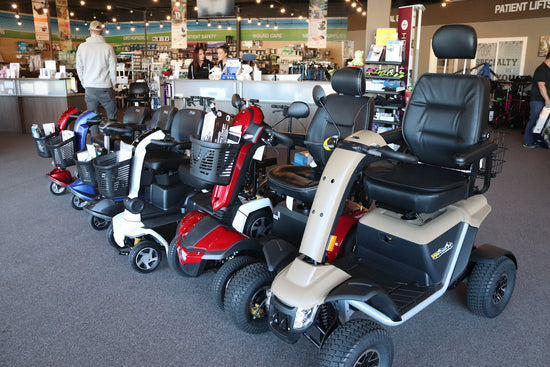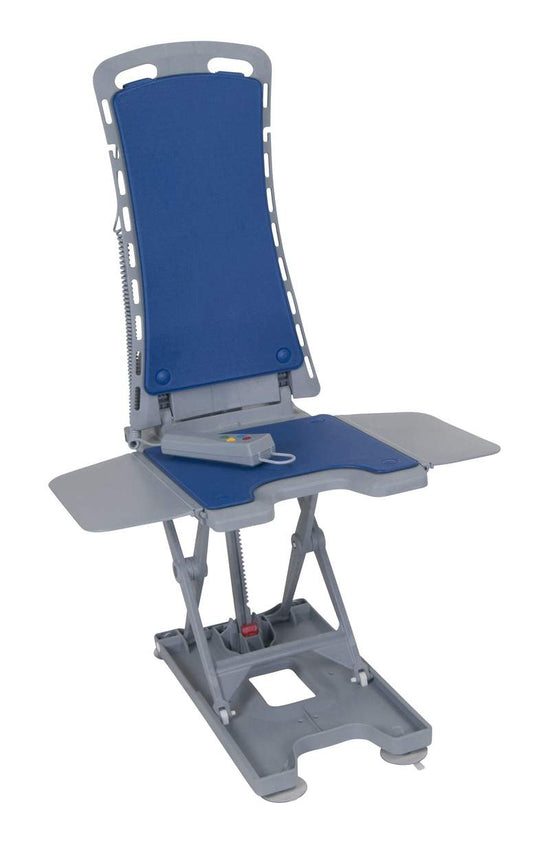In times of crisis, preparedness can make a significant difference in ensuring the safety and well-being of you and your loved ones. One critical component of any emergency plan is having a well-stocked supply of essential medical items. Whether facing natural disasters, pandemics, or other unforeseen events, having the right medical supplies on hand can be crucial for addressing immediate health needs and preventing further complications.
This guide aims to provide a comprehensive list of essential medical supplies that should be part of every emergency kit. By understanding the importance of each item and how to use them, you can be better prepared to handle various medical situations that may arise during an emergency.
First Aid Kit Essentials
An effective first aid kit is a cornerstone of any emergency plan. Here are the essential items every kit should contain:
- Bandages and Dressings: Various sizes of adhesive bandages, sterile gauze pads, and adhesive tape to manage cuts, scrapes, and wounds.
- Antiseptics and Disinfectants: Alcohol wipes, hydrogen peroxide, and antibiotic ointment to clean and protect wounds from infection.
- Pain Relievers and Fever Reducers: Medications such as ibuprofen, acetaminophen, and aspirin to alleviate pain and reduce fever.
- Scissors and Tweezers: Essential tools for cutting bandages and removing debris from wounds.
- Instant Cold Packs: For immediate relief of swelling and minor injuries.
Having these items ensures you can address common injuries promptly and effectively during an emergency.
Prescription Medications
Ensuring you have an adequate supply of prescription medications is critical for managing chronic conditions during emergencies. Here are key considerations:
- Importance of Keeping a Supply: Maintain at least a two-week supply of all necessary prescription medications to avoid disruptions.
- Storage Tips for Prescription Drugs: Store medications in a cool, dry place and use waterproof containers to protect them from damage.
- Managing Medication Expiry Dates: Regularly check expiration dates and rotate your supply to ensure medications are effective when needed.
By following these guidelines, you can maintain your health and manage existing conditions even in crisis situations.
Over-the-Counter Medications
Over-the-counter (OTC) medications play a vital role in managing minor ailments during emergencies. Key items to include are:
- Common OTC Items: Pain relievers (ibuprofen, acetaminophen), antihistamines (diphenhydramine), antacids, and anti-diarrheal medications.
- Uses and Benefits: These medications help address headaches, allergies, indigestion, and gastrointestinal issues, providing quick relief when professional medical care may not be immediately available.
- Safety and Dosage Guidelines: Follow dosage instructions carefully and be aware of potential side effects. Keep medications in original packaging to ensure proper usage.
Having a well-stocked supply of OTC medications ensures you can manage common health issues effectively during an emergency.
Medical Tools and Equipment
Having the right medical tools and equipment is crucial for effectively managing health emergencies. Essential items include:
- Basic Diagnostic Tools: A digital thermometer, blood pressure monitor, and pulse oximeter to track vital signs.
- Emergency Medical Devices: EpiPens for severe allergic reactions, inhalers for asthma attacks, and glucose meters for diabetes management.
- Mobility Aids: Crutches, canes, or a wheelchair to assist with mobility if an injury occurs.
These tools and devices enable you to monitor health conditions accurately and provide immediate care, ensuring that you are well-prepared to handle various medical situations during an emergency.
Personal Protective Equipment (PPE)
Personal protective equipment (PPE) is essential for safeguarding health during emergencies. Key PPE items include:
- Face Masks and Shields: High-quality masks (N95 or surgical) and face shields to protect against airborne pathogens and contaminants.
- Gloves: Disposable nitrile or latex gloves to prevent contact with infectious materials and maintain hygiene while providing care.
- Eye Protection: Safety goggles or glasses to shield eyes from splashes and harmful substances.
Incorporating PPE into your emergency supplies helps reduce the risk of infection and ensures you can safely assist others in a crisis, maintaining a clean and secure environment.
Hygiene and Sanitation Supplies
Maintaining hygiene and sanitation is critical during emergencies to prevent the spread of illness. Essential supplies include:
- Soap and Hand Sanitizers: Antibacterial soap and hand sanitizers with at least 60% alcohol for effective hand hygiene when water is scarce.
- Disinfection Wipes and Sprays: Alcohol-based wipes and disinfectant sprays to clean surfaces and equipment, ensuring a sterile environment.
- Waste Disposal Bags: Sturdy, sealable bags for safe disposal of medical waste, used PPE, and other contaminated materials.
Including these items in your emergency plan helps maintain cleanliness and reduces the risk of infection, ensuring a healthier environment during crises.
Specialty Items for Chronic Conditions
For individuals with chronic conditions, specialty items are crucial in an emergency plan to ensure ongoing care. Key items include:
- Condition-Specific Supplies: Blood glucose monitors and insulin for diabetes management, asthma inhalers, and heart medications.
- Backup Medical Devices: Spare batteries and chargers for medical devices like hearing aids and CPAP machines.
- Detailed Medical Information: Keep a list of medical conditions, prescriptions, and emergency contact information readily available.
Having these specialized items ensures that individuals with chronic conditions receive consistent care and manage their health effectively during emergencies, minimizing potential complications.
Emergency Contact Information and Medical Records
Accurate emergency contact information and medical records are essential components of an emergency plan. Key aspects include:
- Emergency Contacts: Maintain a list of primary contacts, including family members, doctors, and caregivers, with phone numbers and addresses.
- Medical Records: Keep copies of critical medical documents such as prescriptions, medical history, immunization records, and insurance information in both physical and digital formats.
- Accessibility: Store records in a waterproof, portable container and ensure digital copies are accessible through secure cloud storage.
By having comprehensive emergency contact information and medical records readily available, you can facilitate timely and effective medical care during crises.
Training and Education
Training and education are crucial for effectively using medical supplies during emergencies. Key steps include:
- First Aid and CPR Certification: Enroll in certified courses from organizations like the Red Cross to learn essential lifesaving skills.
- Instruction Manuals: Keep user manuals for medical devices and supplies readily available for quick reference.
- Regular Drills: Conduct regular emergency response drills with family or team members to ensure everyone is familiar with procedures and equipment.
Investing in proper training and education enhances your ability to manage medical emergencies confidently and competently, ensuring the safety and well-being of everyone involved.
Regular Maintenance and Updates
Regular maintenance and updates of your emergency medical supplies are crucial for ensuring their effectiveness during a crisis. Here are key practices to follow:
Expiration Checks
Routinely inspect all medications, first aid supplies, and personal protective equipment (PPE) for expiration dates. Using expired items can compromise safety and efficacy, so replace any outdated products promptly. This includes over-the-counter medications, prescription drugs, and sterile supplies like bandages and antiseptics.
Functionality Tests
Periodic testing of medical devices is essential. Check that blood pressure monitors, thermometers, glucose meters, and other critical devices are operational. Ensure batteries are fresh and keep spares on hand. For rechargeable devices, maintain a regular charging schedule to ensure they are ready when needed.
Inventory Reviews
Conduct regular inventory reviews to keep your emergency kit up-to-date. Assess whether additional items are needed based on evolving health needs or new family members. Remove and replace any items that are damaged or no longer functional. Keeping a comprehensive checklist can help streamline this process.
Documentation
Document maintenance activities and create a schedule for regular checks. This ensures you don’t overlook any critical updates and keeps your emergency supplies in peak condition.
For all your emergency medical supply needs, trust Everything Medical to provide high-quality, reliable products. Their extensive selection ensures you have everything necessary to stay prepared and protected during any emergency. Regular maintenance and timely updates will give you peace of mind, knowing you’re always ready to respond effectively.




